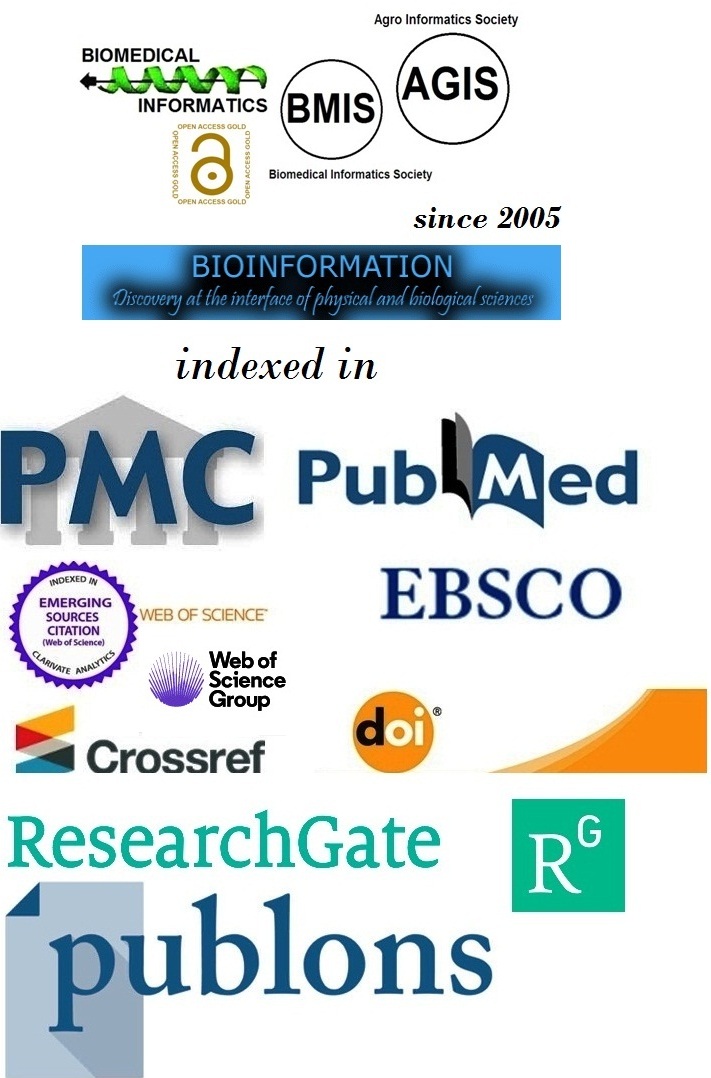Title
Surface roughness on retention of complete dentures using conventional and digital techniques: An in vitro study
Authors
B Neeraja1,*, Kolla Jaswanth1, Ruchira Paull, Chamarthy Kundan Chakravarthy1, Priyanka Bansal2 & Adyasha Mohanty3
Affiliation
1Department of Prosthodontics and Crown & Bridge, The Oxford Dental College, Bengaluru, Karnataka, India; 2Department of Prosthodontics and Oral Implantology, Dr.D.Y.Patil Dental College and Hospital, Pune, India; 3Kalinga Institute of Dental Sciences, KIIT, Deemed to be university, Bhubaneswar, Odisha, India; *Corresponding author
B Neeraja - E-mail: drneerajabasavaraj@gmail.com
Kolla Jaswanth - E-mail: kollajaswanthchowdary@gmail.com
Ruchira Paul - E-mail: ruchira.paul.rp@gmail.com
Chamarthy Kundan Chakravarthy - E-mail: chamarthysandy1995@gmail.com
Priyanka Bansal - E-mail: dr.bansalpriyanka@gmail.com
Adyasha Mohanty - E-mail: adyasha2801mohanty@gmail.com
Article Type
Research Article
Date
Received August 1, 2025; Revised August 31, 2025; Accepted August 31, 2025, Published August 31, 2025
Abstract
Surface roughness of denture bases plays a crucial role in mucosal sealing and biofilm accumulation, directly impacting denture retention. Therefore, it is of interest to evaluate the effect of surface roughness on retention across three fabrication methods: conventional heat-polymerized PMMA, CAD/CAM milling, and 3D printing. Surface roughness and retention forces were measured and analyzed. CAD/CAM-milled dentures showed the smoothest surfaces and highest retention. A strong inverse correlation between roughness and retention was observed.
Keywords
Denture retention, surface roughness, CAD/CAM milling, 3D printing, PMMA
Citation
Neeraja et al. Bioinformation 21(8): 2849-2852 (2025)
Edited by
Hiroj Bagde
ISSN
0973-2063
Publisher
License
This is an Open Access article which permits unrestricted use, distribution, and reproduction in any medium, provided the original work is properly credited. This is distributed under the terms of the Creative Commons Attribution License.
